VAB Advocacy Program
VAB Advocacy Program Mission
• To support families through the school system’s process of resolving bullying instances.
• To improve communication between the school and home.
• To ensure that an outcome is found so that the student targeted is safe at school
This program was designed to provide free, trained family support advocates to assist
parents/guardians/caregivers and school staff in supporting students that are targets/victims
of bullying and to work with all parties in reaching a resolution.
Why should I request an advocate?
If your child is experiencing bullying; repeated intentional harm from one person (with higher power or a perceived higher power) to another (with less power or a perception of less power) and you are at a loss of what to do and where to go…no matter what stage you are at or how long it has been happening.
-
Physical: May include hitting, pushing, slapping, tripping, kicking, shoving, beating up, stealing, or damaging another person’s property
Verbal: May include name-calling, mocking, insults, threats, teasing, and sexist or racist comments
Social (or Relational): Rolling of the eyes, excluding others from the group, gossiping, spreading rumours or images, humiliating others, making hurtful comments verbally or electronically, and damaging another person’s friendships
Cyber: Including:
1. a) Creating a webpage or a blog in which the creator assumes the identity of another person
2. b) Impersonating another person as the author of content or messages posted on the internet
3. c) Communicating material electronically to more than one individual or posting material on a website that may be accessed by one or more individuals
4. d) Use of any social or electronic media such as email, cell phones, text, internet and web sites to threaten, harass, embarrass, socially exclude or damage reputations or friendships, or any other type of social bullying using electronic media
Racial: Aggression, or repeatedly saying negative things, or repeated name calling directed to a person or persons because of their race, ancestry, place of origin, colour, ethnic origin, citizenship, religious beliefs or background.
Religious: Aggression, exclusion, or negative comments directed to a person or persons because of their religious beliefs, background, dress code, or observances; repeatedly calling a person or persons names or making fun of their religious beliefs, background, dress code, or observances
Sexual: Leaving a person or persons out or treating them badly because of their gender, gender identity or gender expression; repeatedly making sexist or transphobic comments or jokes, touching or grabbing someone in a sexual way; repeatedly spreading sexual rumours about a person or persons.
Sexual Orientation: Leaving a person or persons out or treating them badly because of their sexual orientation; repeatedly making crude comments about a person or persons’ sexual behaviour; repeatedly calling a person or persons derogatory or inappropriate names regarding their sexual orientation.
Disability: Excluding a person or persons or treating them badly because of a disability or need for special education; repeatedly making comments or jokes to hurt a person or persons with a disability; mocking or teasing those who use assistive technology.
What can an advocate help me with?
-
Set up meetings with school admin and create meeting plans so you know what to clearly ask for.
Reconnect with school admin to restart the communication
Assist in getting to the next steps if nothing is happening at the stage you are at ie., Principal to Trustee etc.,
Help create a student safety plan for your child
Help with documentation
Help ensure that the school is following their policies and protocols on bullying.
Help make sure that YOU follow all the protocols needed.
Assist in ending the bullying- and that everyone involved keeps your child at the forefront of their minds when they make decisions.
While working through this with the school, they can also suggest some community resources to further support you.
Their role can be a silent, supportive and guiding one, or it can be more vocal, more present and more involved. You get to choose how much involvement you need from them. In this process, nothing will happen without your knowledge or consent.
What are the advocates trained on?
-
An introduction to VAB and the program along with the process we follow.
Bullying and Conflict theory
School Board Policies and Procedures
Creating your own mental health plan while being a volunteer
Mental health crisis tools for Parents and Students
School Admin tools and the response to bullying allegations
Suicidal ideation, self harm and duty to report
Having tough conversations with families
Meetings, steps and flow charts to follow
Building client files
Privacy and Confidentiality
Student safety plans
Constructive and productive ways to create emails to School Admin Staff at different levels within the board.
Creating a Most Crucial Points form to be most prepared for meetings
Learning about resources in our community

Resources
Mental health information, resources & support
There are many non Voices Against Bullying supports that we want you to have access to within our community.
Contact Us
Let us know if you have any questions or would like more information about our Community Service Program.



